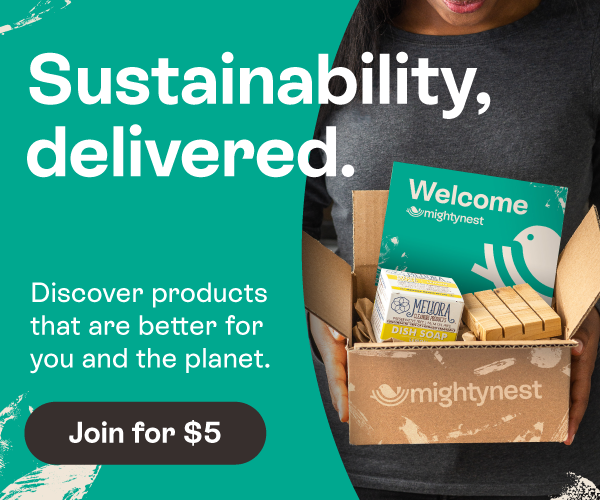
Every year, Environmental Working Group (EWG), a nonprofit advocacy organization, releases an annual shopper's guide listing produce with the most (Dirty Dozen) and the least (Clean 15) amounts of pesticides. In government tests analyzed by the Environmental Working Group, 67 percent of food samples had detectable pesticide residues even after they had been washed or peeled. To compile the rankings, EWG researchers looked at 48 popular fruits and vegetables based on pesticide-load reports conducted by the USDA and the Food and Drug Administration.
"Organophosphate pesticides are of special concern since they are associated with neurodevelopmental effects in children,” explains EWG toxicologist Johanna Congleton. Pesticides also carry the risk of being potential carcinogens, endocrine disruptors and have been linked in studies with learning and developmental delays in children.
The Dirty Dozen: best to purchase organic whenever possible.
- Apples: 98% of all samples tested positive for pesticides.
- Celery: 96% of celery samples tested positive for pesticides/contaminated with 13 different pesticides.
- Cherry Tomatoes
- Cucumbers: 81 different pesticide residuess.
- Grapes: 15 pesticides detected on a single sample/more types of pesticides than any other produce, with 64 different pesticides.
- Hot Pepper
- Nectarines (imported):Every sample tested positive for pesticides/had much higher total weight of pesticides than any other food crop. Contaminated with highly toxic organophosphate insecticides.
- Peaches: Remained in the same spot for pesticide contamination as last year's report.
- Potatoes: 91% of samples tested positive for pesticides.
- Spinach: Nearly 50 different pesticide residues detected.
- Strawberries: 13 different pesticides detected on a single sample.
- Sweet Bell Peppers: 88 different pesticide residues. Contaminated with highly toxic organophosphate insecticides.
PLUS, a few extras to note that were commonly contaminated with highly toxic organophosphate insecticides: summer squash and leafy greens (kale and collard greens).
Important: The EWG's intent of this guide is not to dissuade people from eating fruits and vegetables but rather be informed as to which ones are best to buy organic and reducing the intake of pesticides. "The health benefits of a diet rich in fruits and vegetables outweigh the risks of pesticide exposure and eating conventionally grown produce is better than not eating fruits and vegetables at all."
Pesticides in Baby Food:
2012 was the first year that the USDA took a look at pesticides in conventionally prepared baby food. Pears showed significant and widespread contamination with 92% of the pear samples testing positive for at least one pesticide residue. Green beans were also found to contain pesticides-- testing positive for five pesticides, among them, the organophosphate methamidiphos. Sweet potatoes on the other hand, sold as baby food, were found to have virtually no detectable pesticide residues.
Clean 15: produce least likely to test positive for pesticide residues:
- Asparagus
- Avocados
- Cabbage
- Contaloupe
- Sweet corn
- Eggplant
- Grapefruit
- Kiwi
- Mangos
- Mushrooms
- Onions
- Papayas
- Pineapples
- Sweet peas- frozen
- Sweet potaoes
For more on EWG's methodology, read here.
Which fruits or vegetables do you buy organic?

